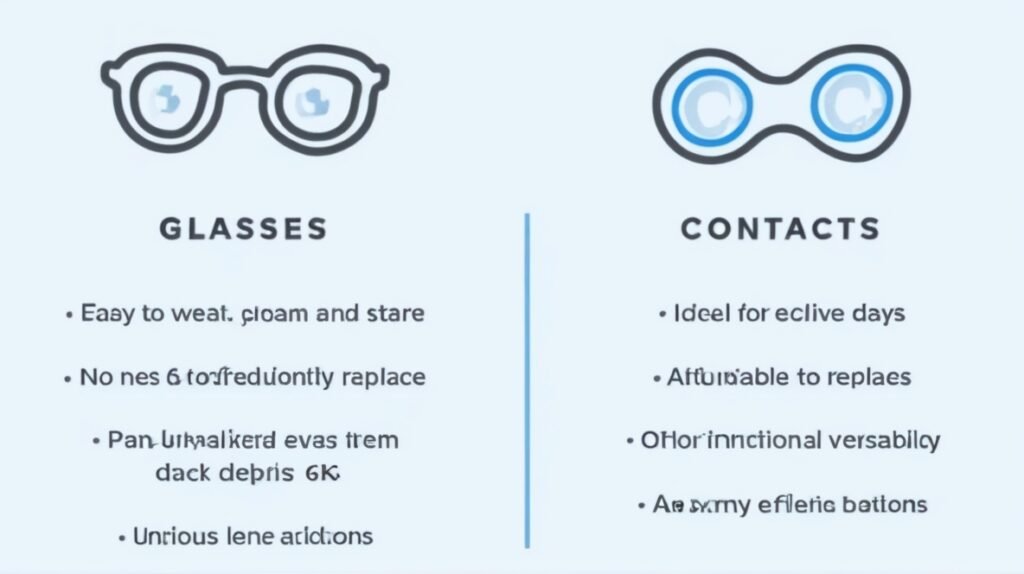For years, Chronic Wasting Disease (CWD) has cast a long shadow over deer and elk populations across North America. This fatal neurological disease, caused by misfolded proteins called prions, has spread alarmingly in recent years, raising a chilling question: could it make the leap from animals to humans?
While there’s currently no evidence of CWD transmission to humans, recent research has sent shivers down the spines of scientists and public health officials alike. Studies suggest the barrier between species might be weaker than previously thought, and the prions themselves might be evolving to become more adaptable. This possibility, coupled with the widespread consumption of venison and the rapid rise of CWD, paints a worrying picture.
Let’s delve deeper into this unsettling topic, exploring:
- What is CWD and how does it affect animals?
- Why is the potential for human transmission concerning?
- What are the latest research findings and what do they mean?
- What’s being done to address this potential threat?
- What can you do to protect yourself?
A Closer Look at Chronic Wasting Disease
CWD is a transmissible spongiform encephalopathy (TSE), affecting the brains and nervous systems of deer, elk, moose, and caribou. These prion diseases are unique because they involve misshapen proteins that can spread and “convert” healthy proteins into their abnormal form. Once infected, animals progressively lose weight, suffer from behavioral changes, and eventually succumb to neurological impairment.
The disease is 100% fatal and, alarmingly, there’s no cure or vaccine available. Currently, CWD has no known treatment, leaving infected animals to experience a slow and agonizing demise.
Why the Human Crossover Risk Matters
The potential for CWD to jump to humans isn’t just a scientific curiosity; it has real-world implications. Here’s why:
- Prions are notorious for their resilience: Unlike bacteria or viruses, prions are incredibly resistant to environmental factors and standard sterilization methods. They can linger in soil and water for years, posing a potential risk for prolonged exposure.
- Consumption of infected meat is a concern: While official recommendations advise against consuming meat from CWD-positive animals, accidental exposure is a possibility. Hunters might unknowingly harvest infected animals, and improper handling or incomplete processing could leave traces of prions behind.
- The unknown is unsettling: Though there’s no concrete evidence of CWD transmission to humans, the lack of definitive answers fuels anxiety. Research is ongoing, but definitive conclusions might take years, leaving a cloud of uncertainty hanging over the issue.
The Evolving Landscape: Recent Research Findings
New research findings have added fuel to the fire of concern. Here are some key points:
- Species barrier might be weaker than thought: A 2023 study published in Nature showed that human and deer prions share more similarities than previously believed. This raises the possibility that the species barrier, once considered a strong safeguard, might be weaker than anticipated.
- Prions might be adapting: Another study suggests that CWD prions might be evolving to become more transmissible to other species, including primates. While human infection hasn’t been confirmed, the findings underscore the potential for adaptation and evolution.
Taking Action: Addressing the Potential Threat
Scientists and public health officials are taking several steps to address this potential threat:
- Increased surveillance: Efforts are underway to enhance CWD monitoring in wildlife populations to better understand its spread and track any potential mutations.
- Research funding: Governments and organizations are allocating more resources to research CWD in animals and potential transmission to humans.
- Public awareness campaigns: Educational initiatives aim to inform hunters and the public about CWD risks and best practices for handling and consuming venison.
- Development of diagnostic tests: Efforts are focused on developing faster, more reliable tests for CWD in animals, potentially leading to earlier detection and culling of infected individuals.
Protecting Yourself: What You Can Do
While the risk of CWD transmission to humans remains unconfirmed, it’s essential to be informed and take precautions:
- Be aware of CWD regulations in your area: Familiarize yourself with hunting regulations and recommendations regarding CWD testing and carcass disposal.
- Only harvest healthy-looking animals: If you notice signs of illness in an animal, avoid harvesting it.
- Have your harvest tested for CWD: Many states offer free or subsidized CWD testing for deer and elk.
- Follow safe handling and processing practices: Wear gloves when handling carcasses, avoid consuming brain and spinal cord tissues, and adhere to proper cooking and storage guidelines.
- Stay informed: Follow reputable sources for updates on CWD research and recommendations.


